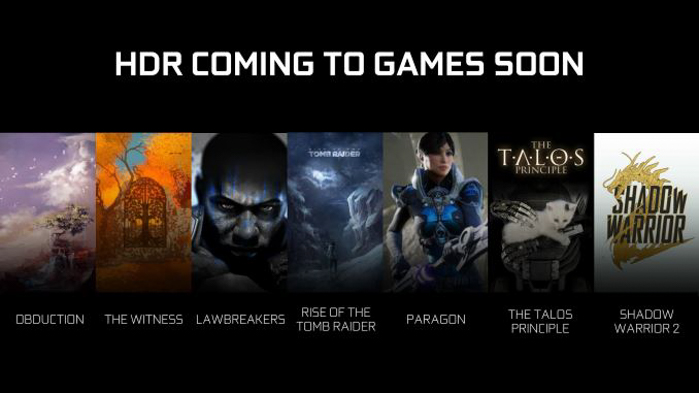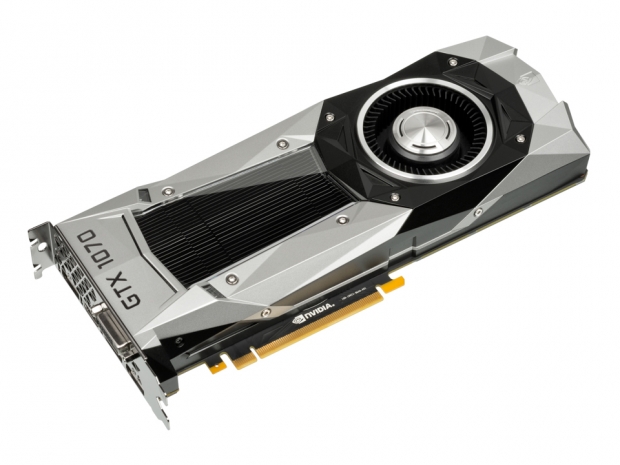Index
- Nvidia Geforce GTX 1070 Founders Edition review
- Hardware - Inside Nvidia's Founders Edition
- Geforce GTX 1070 Specifications
- Power efficiency and design
- Nvidia's Pascal GP104
- HDR display gaming now supported
- H.264 and HEVC playback on Geforce Pascal
- Single, double and half-precision performance
- PCI-E 3.0 x8 and PCI-E 3.0 x16 bandwidth
- Test setup
- Results - Fallout 4
- Results - Far Cry 4
- Results - No Man's Sky
- Results - The Elder Scrolls V: Skyrim
- Results - Just Cause 3
- Nvidia GPU Boost 3.0
- Conclusion
- All Pages
High Dynamic Range support for games
Back when the Geforce 6 series launched in 2004, HDR in-game rendering was made possible using Shader Model 3.0 to use lighting calculating for expanding contrast and creating more realistic scenes. Half Life 2: Lost Coast was a gold standard of this technology during the time, and some alternatives also showed up along the way such as Bloom Lighting, although much less dynamic in nature. The issue with in-game HDR rendering at the moment, however, is that dynamic details often had to be tone-mapped down to standard dynamic range (SDR) in order to properly display on SDR displays.
Beginning with Pascal, Nvidia now wants to take HDR outside to the display and its connectivity standards by supporting 10 and 12-bit Deep Color to a user’s HDR-capable display panel and streaming the panel’s HDR information back into the game through Windows and related display APIs. Of course, this will require extensive driver rebuilding on Nvidia’s part, but if it can be managed, perhaps AMD will follow suit and the two companies can convince the display panel market to begin preparing for HDR-ready desktop and notebook panels when the required API programming is set in place.
Display controller now supports HDR signaling bandwidth
Nvidia’s Geforce 10 series brings a new display controller to the table this time featuring support for the latest DisplayPort, HDMI and HDR metadata standards. While the GTX 970 and 980 featured three DisplayPort 1.2 ports and one HDMI 2.0a port, the GTX 1070 and 1080 feature three DisplayPort 1.2 ports listed as 1.3 and 1.4 “Ready” and a single HDMI 2.0b port with HDR support. The new DisplayPort 1.3 standard offers High Bit Rate 3 (HBR3) signaling mode, bringing a full DP signal from 21.4Gbps to 32.4Gbps, while DisplayPort 1.4 adds support for HDR metadata using the same standard available in HDMI 2.0a and 2.0b.




